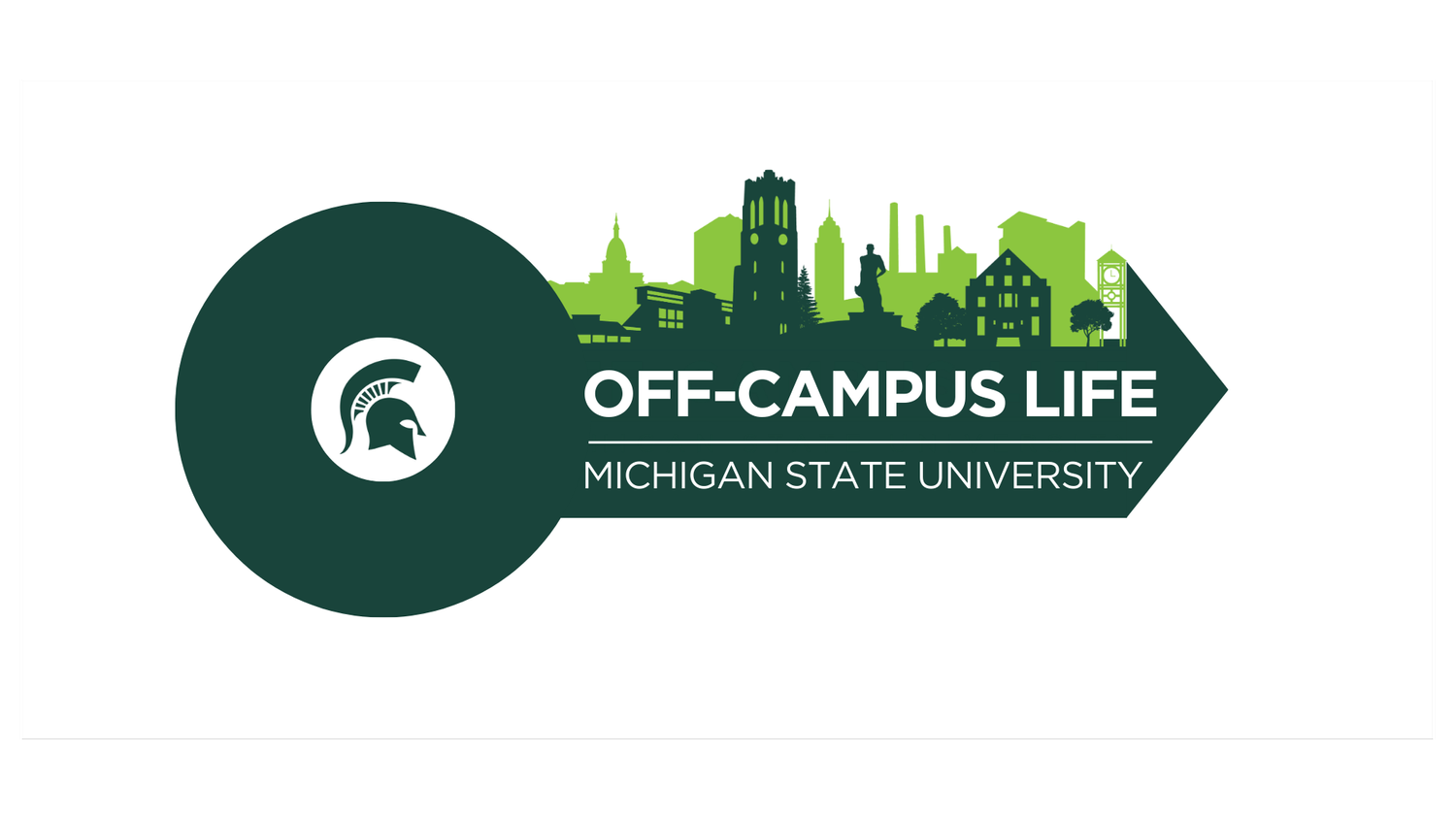Housing — Before Signing a Lease
Before Signing a Lease
Consider the Basics
Essential Steps
Lease Terminology
Moving In
Subletting
Moving Out
Troubleshooting Rental Issues
Group Housing
Address Compliance
Consider the Basics
What’s your budget?
Determine your budget of monthly expenses to start your search with places that won’t stretch your budget. Struggling to know where to start with creating a budget? Check out our resources:
Off-campus student budget planner
Will you have roommates? How many?
Decide on the number of roommates you want to live with and communicate with them to ensure you're all on the same page regarding preferences, responsibilities, and budget.
What amenities are you (and your roommates) considering in your search?
Create a checklist of desired amenities and features you want in a house, such as the number of bedrooms, bathrooms, parking space, laundry facilities, etc.
Essential Steps in the Search Process
Take the time to visit in-person
Schedule visits to potential houses and take detailed notes about each property, including its condition, location, and any issues that may need addressing. Here’s our Off Campus Living checklist when you’re considering potential places to live.
Location, location, location
Consider the neighborhood's safety, proximity to campus, availability of public transportation, and amenities like grocery stores, restaurants, and recreational facilities.
Pause and read before signing
Before signing a lease, carefully read and understand all terms and conditions, including the duration, rent amount, security deposit, utility responsibilities, and any additional fees or clauses.
Get a lease review
ASMSU Student Legal Services offers free legal services to all MSU students. Make an appoint and their legal team will review your lease prior to your signing. They will also review leases once you’ve signed, but leases are a legally binding document.
Lease Terminology
Co-Signer/Guarantor: Someone who signs the lease with the primary person'; they will be financially responsible for unpaid rent and damages.
Joint and Several Liability: Each tenant is responsible for not only their share of the rental costs, but also the entire rental amount and damages to the property.
Security Deposit: Initial payment when signing a lease that covers potential damage and unpaid rent'; often equal to one month’s rent. Whatever of the security deposit is not used for unpaid rent or repairs should be returned at the end of the lease period.
Holding Deposit: Money paid by tenants to “hold” a property prior to finishing signing a lease; property will be taken off the market at this time.
Egress Requirement: Each individual bedroom must have safe “exits” (i.e. windows) that meet city codes; this is in case of emergency.
Renter’s Insurance: This is similar to homeowner’s insurance, but for those who rent property. Your landlord’s insurance does not cover your personal property. Premiums are typically low.
Sublease or Sublet: Agreement between an original tenant on the lease with the landlord and another person (sublessee). The sublessee is not on the original lease and takes over the tenant’s lease for an agreed duration. Make sure to check local laws and the lease agreement to confirm that subleasing is an option.










